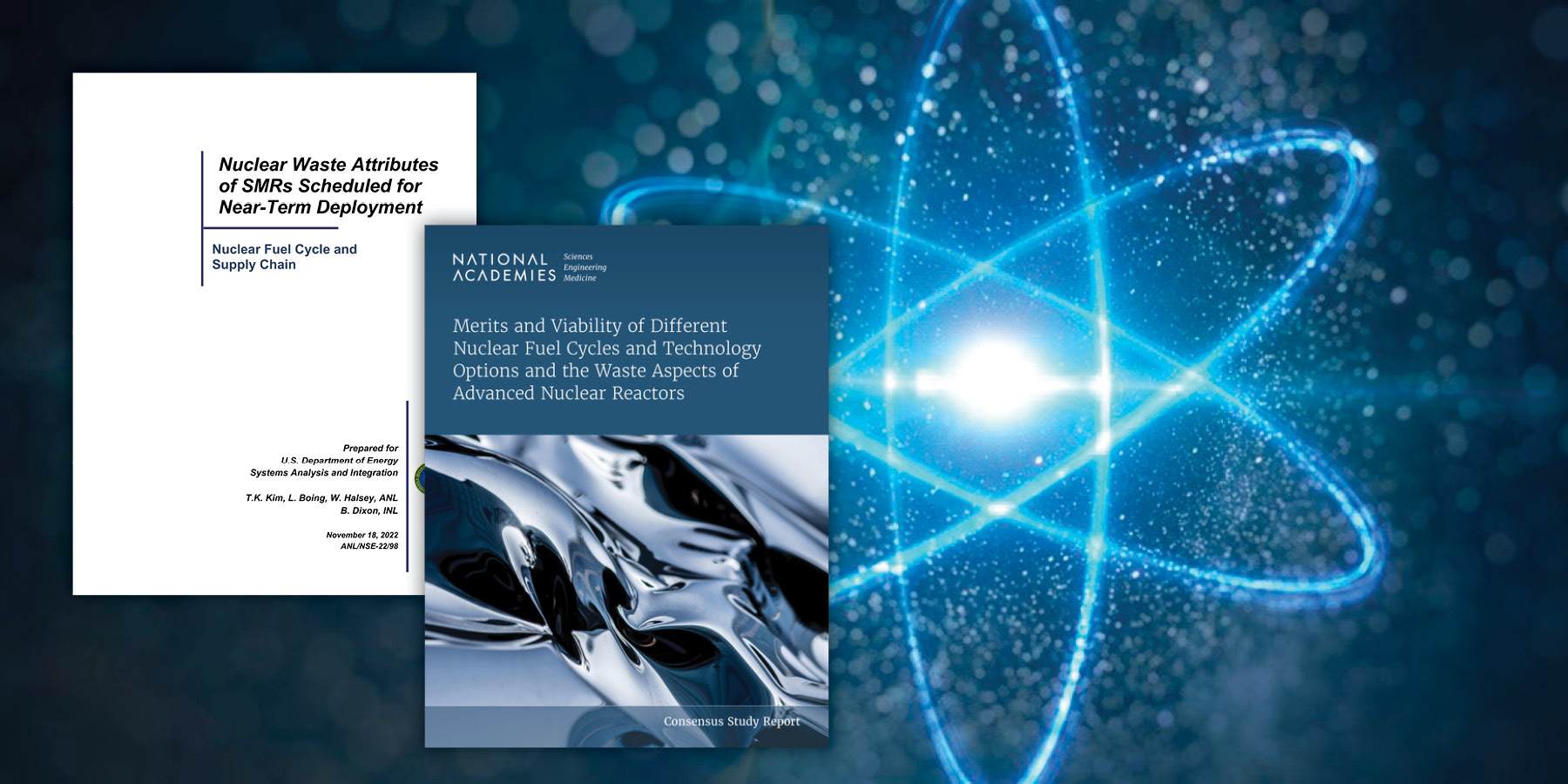American Nuclear Society welcomes Supreme Court review of NRC ruling
Statement from ANS on Supreme Court’s decision to grant certiorari to NRC v. Texas
Washington, D.C. — The American Nuclear Society (ANS), a nonprofit representing over 10,000 professionals in the fields of nuclear science and technology, issued the following statement regarding the U.S. Supreme Court’s decision to grant certiorari to Nuclear Regulatory Commission v. Texas:





 A recent article from
A recent article from  Bag-out operations can pose many issues to the TRU waste handling and disposal process. Among these are operator and facility safety, operational time, excess waste volume, and increased shipping costs to a waste repository.
Bag-out operations can pose many issues to the TRU waste handling and disposal process. Among these are operator and facility safety, operational time, excess waste volume, and increased shipping costs to a waste repository.